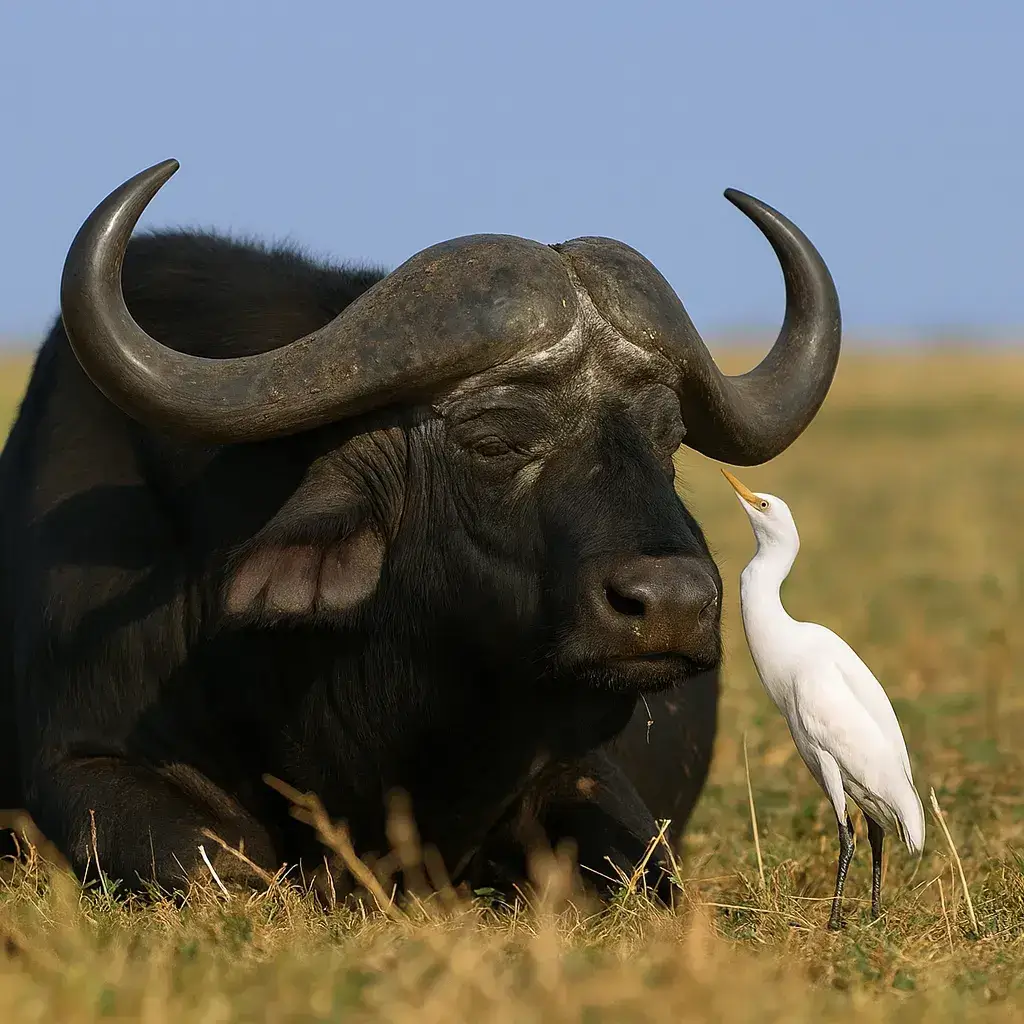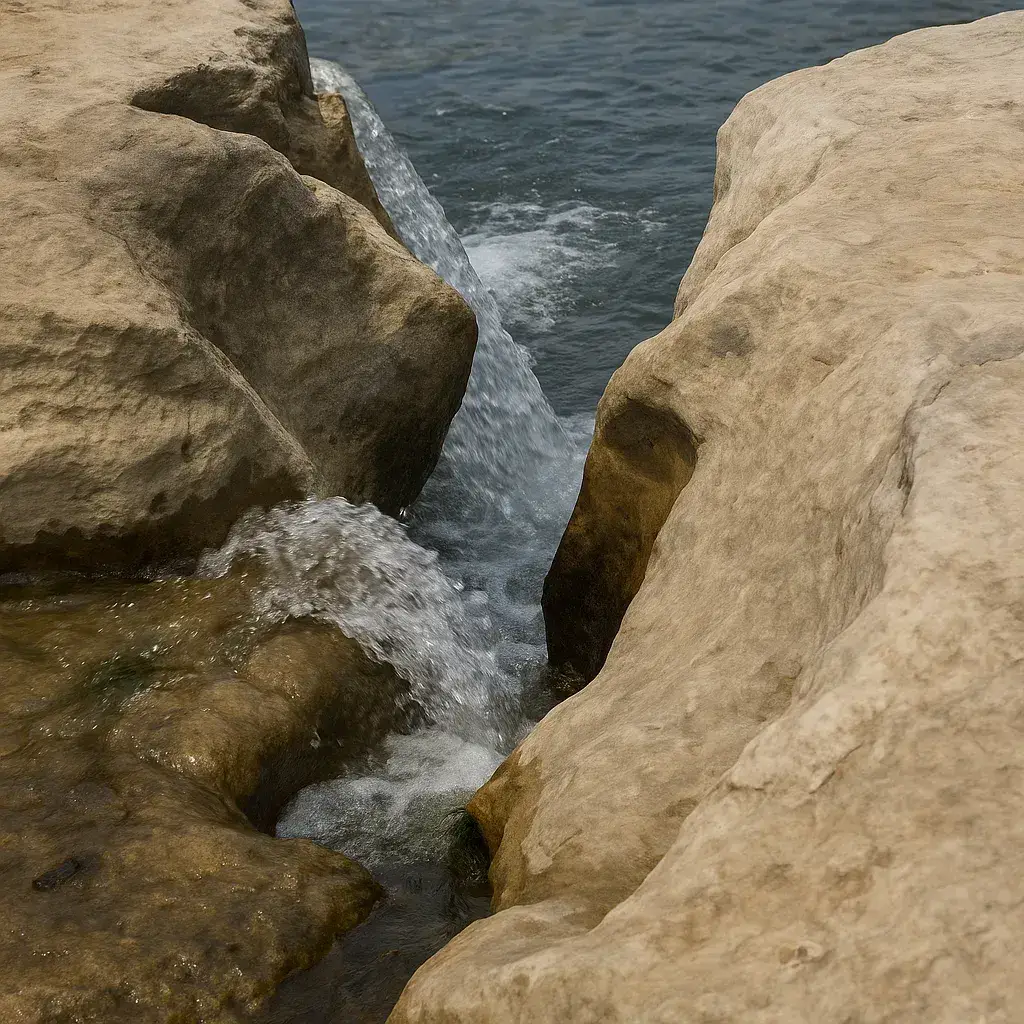Western trauma science and Daoist healing arts come from different worlds. One speaks in terms of nervous systems, attachment, stress responses, and brain wiring. The other speaks in terms of qi, yin and yang, organ systems, and natural cycles. At first glance, they might look unrelated—like two completely different languages.
But here’s the truth: they’re both describing the same reality, just from different angles. And when you put them together, something powerful happens. You get a fuller map of trauma and a wider set of tools for recovery.
That’s what this section is about—bringing East and West into conversation. Not to replace one with the other, not to water them down, but to let them complement and deepen each other.
What Western Models Offer
Western trauma science has exploded in the last few decades. We now understand things that used to be invisible: how chronic stress reshapes the brain, how attachment wounds shape adult relationships, how survival strategies get wired into the nervous system.
Western models give us:
- A clear view of how trauma forms in childhood.
- Language for stress responses: fight, flight, freeze, fawn.
- Insight into attachment styles and relational patterns.
- Research on how trauma impacts the body through cortisol, inflammation, and nervous system dysregulation.
- Practices like somatic experiencing, EMDR, and polyvagal work that directly target regulation.
For survivors, these models validate the experience: You’re not crazy. This is how the brain and body adapt under threat.
What Daoist Models Offer
Daoist healing has its own depth. Instead of focusing only on brain and nervous system, it sees the human being as an ecosystem—body, mind, spirit, and nature woven together.
Daoist models give us:
- A map of organ systems that link emotions, physiology, and spirit.
- The concept of qi as life force, showing how energy stagnates or depletes under stress.
- The balance of yin and yang, helping us see trauma patterns as swings into extremes.
- The five elements as a way of understanding personality, tendencies, and vulnerabilities.
- Practices like meditation, qigong, nutrition, and seasonal alignment that restore flow.
For survivors, these models reframe trauma impacts: not just symptoms, but patterns of imbalance that can be shifted through daily practice.
Why Integration Matters
If you stick only with Western trauma science, you risk reducing yourself to a brain and a nervous system. Helpful, but incomplete.
If you stick only with Daoist models, you risk getting lost in abstraction—qi, yin, yang—without grounding it in the lived reality of trauma.
Integration gives you both. Western science explains how trauma happens. Daoist models explain how trauma lives in you now. Together, they point toward how you can heal.
Points of Connection
The overlap is striking once you look closely.
- Nervous system dysregulation (Western) mirrors qi scattering or stagnation (Daoist).
- Attachment wounds (Western) mirror Heart–Kidney disharmony (Daoist), where awareness and deep essence fall out of sync.
- Hypervigilance and collapse (Western) mirror yang excess and yin deficiency (Daoist).
- Somatic therapies (Western) mirror movement and breath practices (Daoist).
- Resilience research (Western) mirrors upright qi and alignment with cycles (Daoist).
The languages are different, but the experiences they describe are often the same.
How Integration Helps Survivors
Integration isn’t about being clever. It’s about usefulness. For trauma survivors, integration means:
- More ways to name your experience. Sometimes Western language resonates: “My nervous system is dysregulated.” Sometimes Daoist language resonates: “My qi is scattered.” Both are true. Both help.
- More entry points for healing. Maybe therapy gives you tools for triggers. Maybe qigong gives you energy and grounding. Why choose one when both can support you?
- More compassion. Western science reminds you it’s not your fault—it’s biology. Daoist healing reminds you it’s not permanent—it’s imbalance that can change.
Challenges of Integration
Integration isn’t always easy. The systems weren’t designed to match. Western models are data-driven, reductionist. Daoist models are symbolic, poetic, holistic. Putting them together takes patience.
But maybe that’s the point. Trauma recovery itself isn’t simple. It needs both structure and creativity, both logic and metaphor. Integration reflects that balance.
What This Section Covers
In this part of the site, we’ll explore ways to weave Daoist and Western approaches together. We’ll look at nervous system science through a Daoist lens, explore organ–spirit models alongside attachment theory, and offer examples of how practices from both sides can work together.
The goal is not to blend them into one. The goal is to let each shine where it’s strongest, and to show how survivors can benefit from both.
From Fragmentation to Wholeness
Childhood complex trauma fragments you. It leaves you feeling cut off from yourself, from others, from the flow of life. Healing is about restoring wholeness.
That’s what integration is, too—restoring wholeness between East and West, between science and spirit, between different ways of seeing. When you bring these perspectives together, you create a fuller map of the human experience. And with a fuller map, you can find your way more steadily.
Integration doesn’t mean you have to master both traditions. It means you can draw from both, in whatever ways support your recovery.


